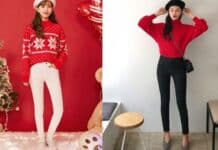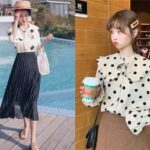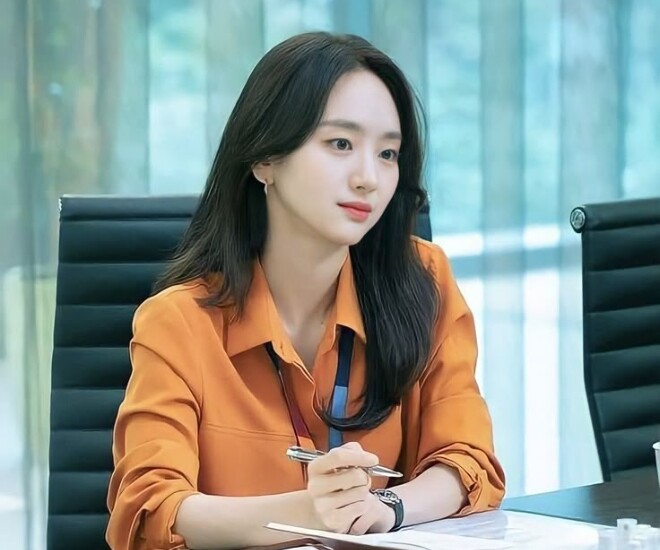
Choosing the right outfit for a job interview is almost as important as having strong communication and specialized skills.
Avoid Low-Cut Tops
Regardless of whether you’re applying for a position in a creative field or a more liberal industry such as media or fashion, it’s important to maintain a level of professionalism and modesty with your interview attire.
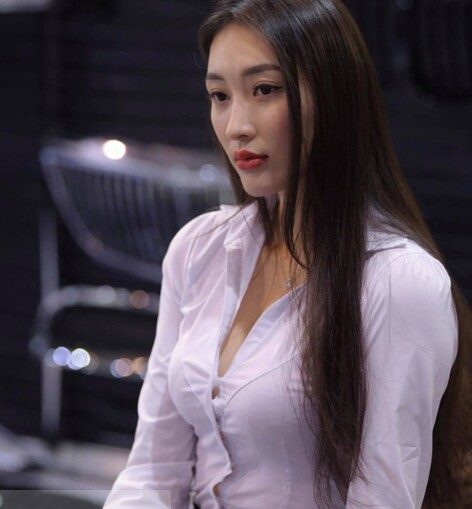
Deep V-necks, off-the-shoulder, or revealing tops are not appropriate for an interview setting as they may give an impression of being too casual.
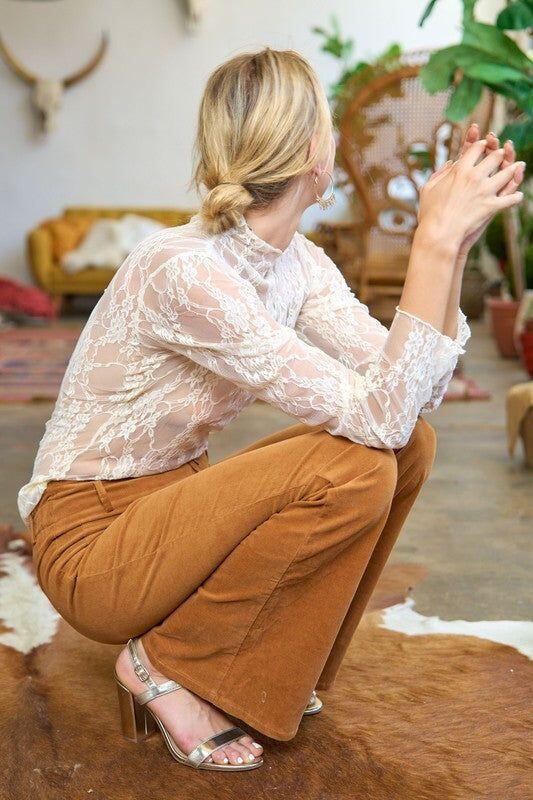
Additionally, transparent or see-through tops should also be avoided.
Instead of making a positive impression, such outfits may raise concerns about your alignment with the company’s culture. Even if the interview is conducted while seated, your outfit will be noticed as soon as you enter the room.
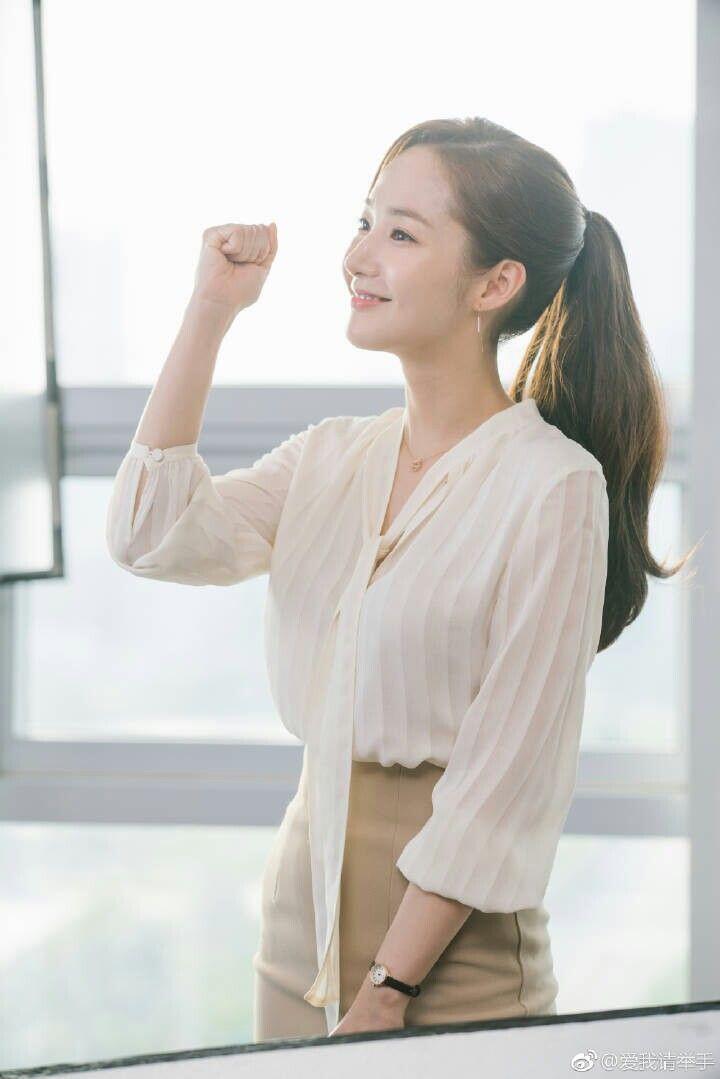
If you have a larger bust, opt for comfortable blouses like Park Min Young’s, which are elegant and modest.
Prioritize Tops with Collars – A Sign of Seriousness and Attention to Detail
One of the safest and most impressive choices is a shirt or any top with a clear collar. These designs convey a sense of seriousness and neatness. For industries such as administration, education, or customer service, a collared top makes you appear more trustworthy and professional.
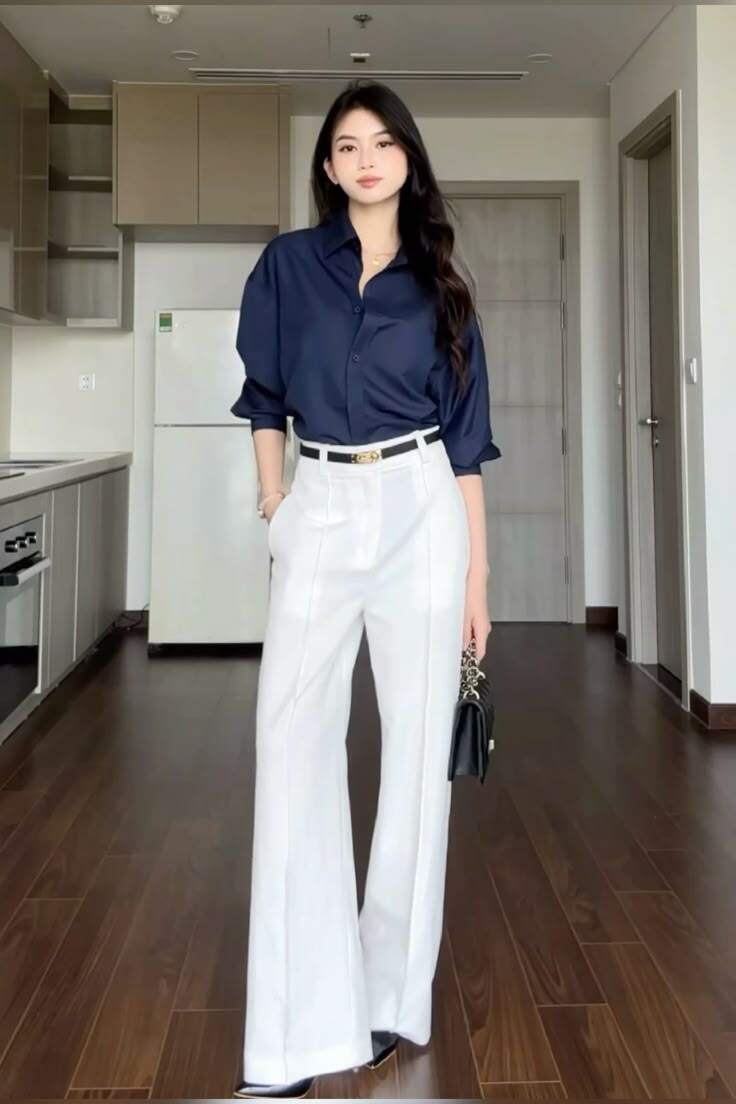
You don’t have to stick to the traditional white shirt; pastel colors, beige, light blue, or other neutral shades can work as long as the overall look is harmonious, clean, and refined.
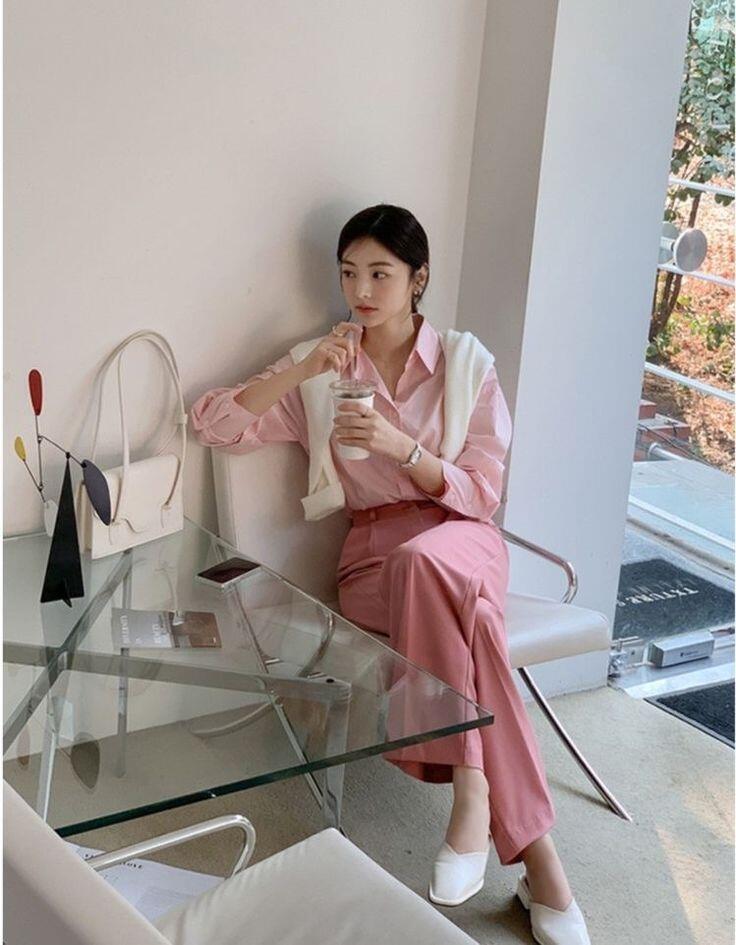
Collared outfits can be styled with colors and accessories to create a youthful look while maintaining a professional appearance.
Pay Attention to Fabric to Avoid Tight-Fitting Clothes
The role of fabric choice is often underestimated when selecting an interview outfit. In reality, it is a crucial factor in determining the overall neatness of your appearance. Fabrics that are too soft, thin, or body-hugging can give a casual and less serious impression.
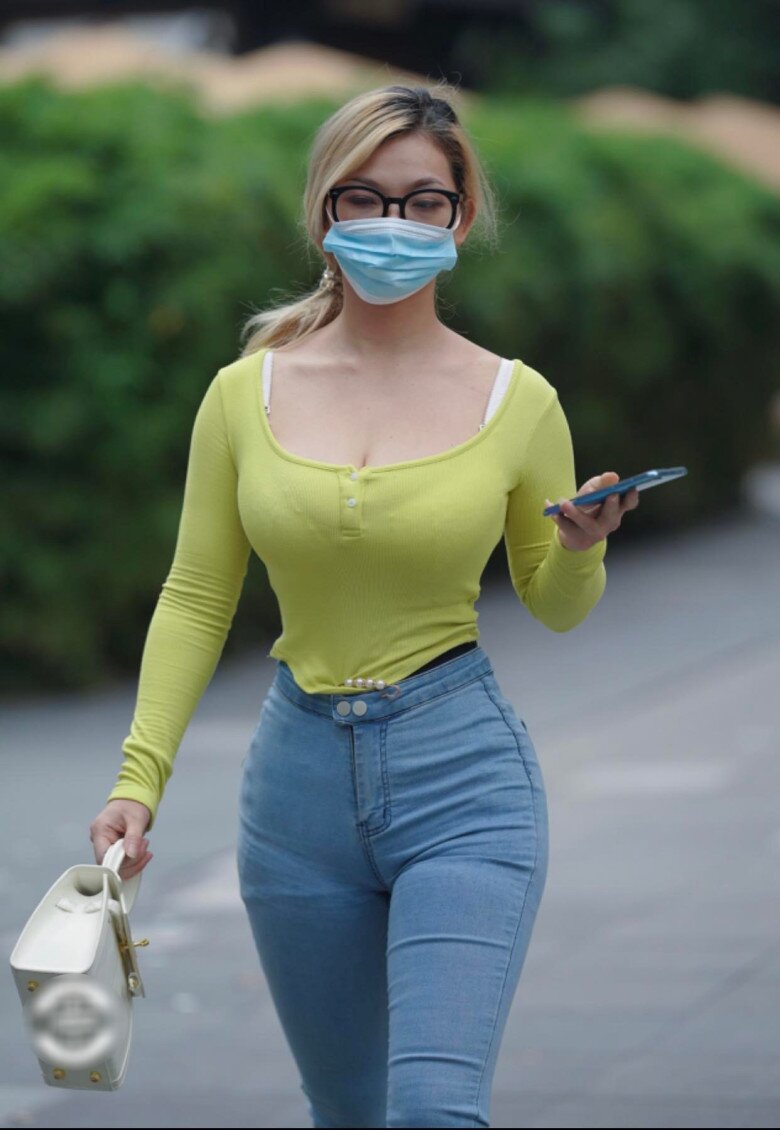
While body-hugging outfits are common in office wear, avoid overly revealing styles with thin fabrics that may appear untidy.
Instead, opt for fabrics with a slight structure, such as thick cotton, linen-polyester blends, thin tweed, or soft kaki. These fabrics help conceal body imperfections while conveying a sense of professionalism and neatness.
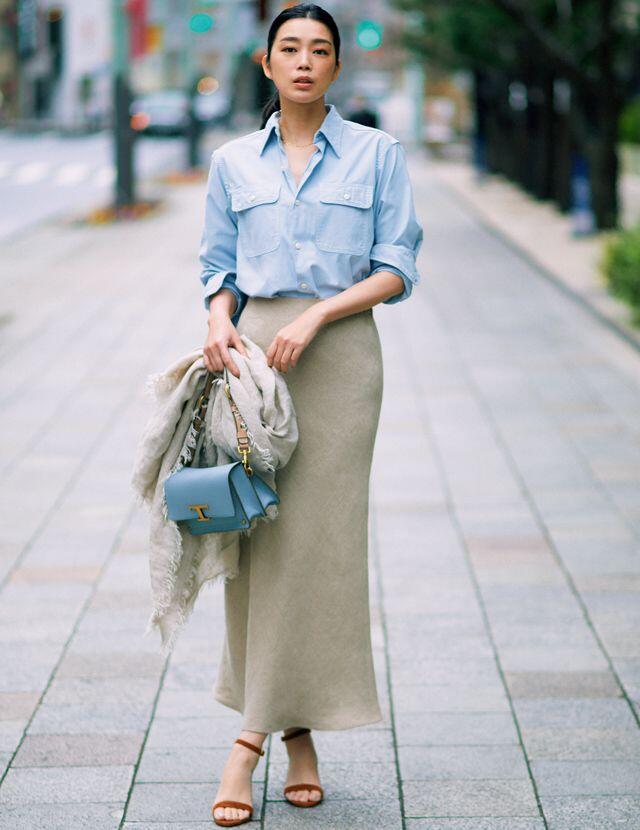
Fabrics with a slight structure will make you look polished and neat.
No Dress Pants? Opt for Knee-Length or Longer Skirts with an Elegant Silhouette
If you don’t have a pair of traditional dress pants, don’t worry. Knee-length or longer skirts with a straight silhouette are also excellent choices when styled appropriately. A-line, pencil, or midi skirts are all suitable for interviews, as long as they are not too tight, transparent, or revealing in terms of underwear lines.
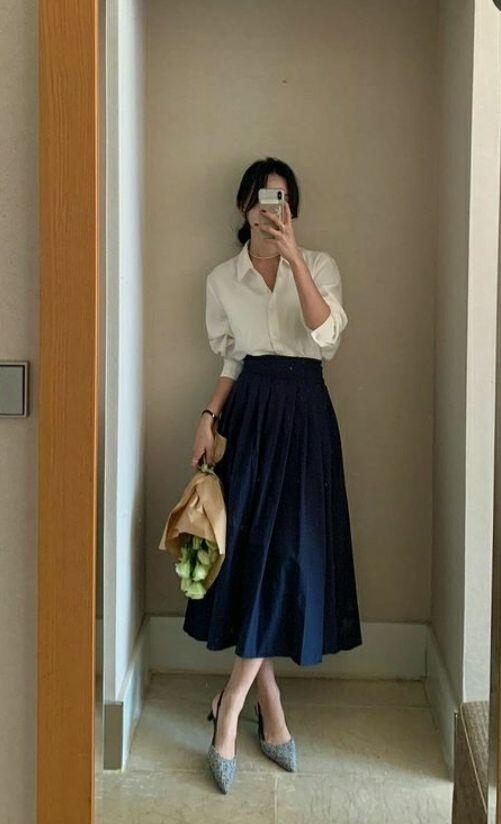
Neutral colors such as black, beige, light brown, dark gray, or grayish-brown often convey a sense of safety and are easy to pair with tops.
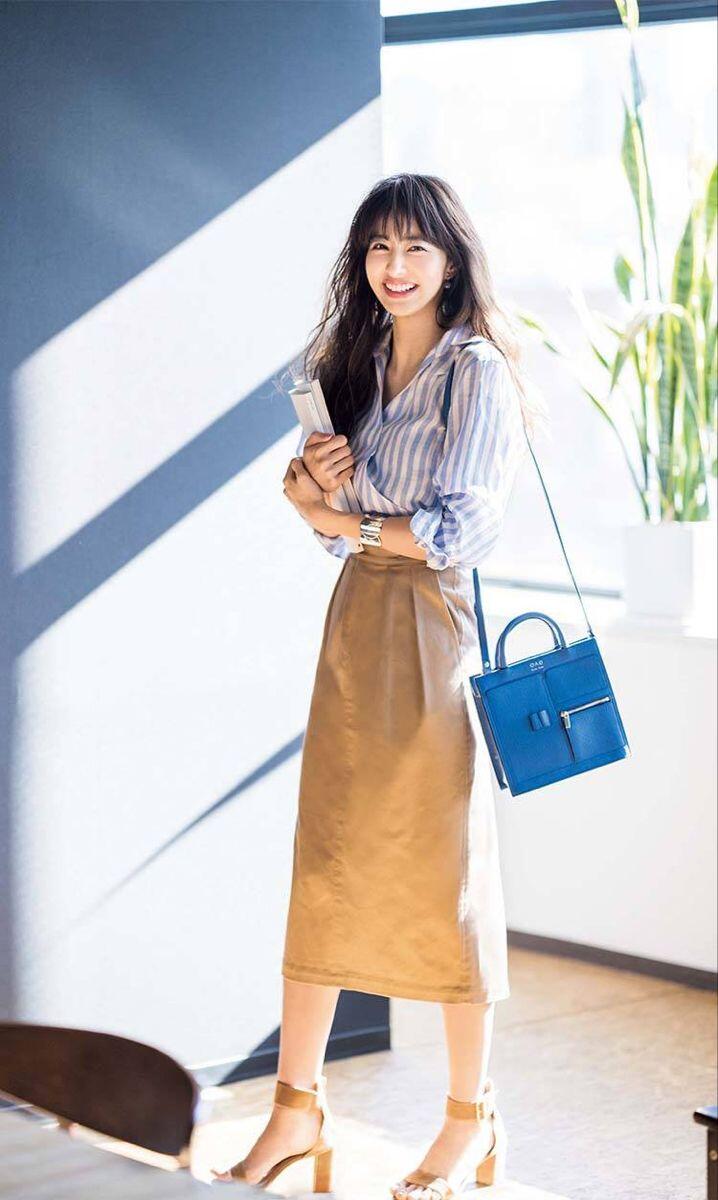
Skirts offer a feminine and elegant look without compromising professionalism.
Shoes Don’t Need to Be High Heels, But They Must Be Clean and Appropriate
Shoes are a small but noticeable detail that interviewers often pay attention to. Don’t assume that once you’re seated, your shoes won’t be seen. In fact, experienced interviewers often notice your shoes to gauge your attention to detail and sense of refinement. Heels or flats are both acceptable, as long as they are closed-toe and not athletic shoes, and especially not too flashy.
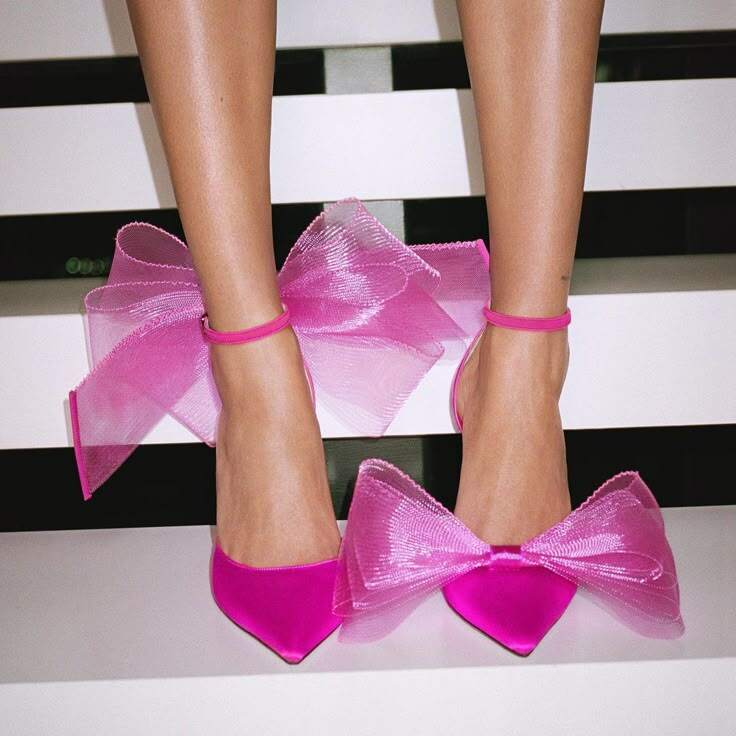
Shoes with bright colors, excessive patterns, embellishments, or unconventional designs can be a turn-off, especially in traditional fields like finance, administration, or banking.
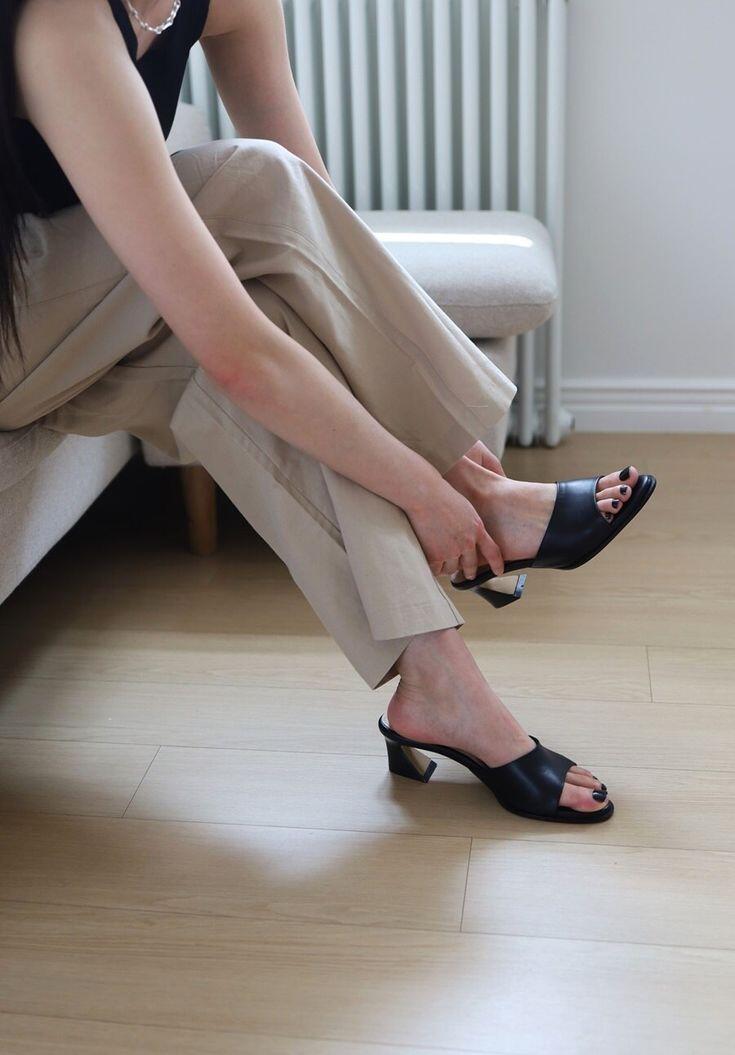
A pair of black, beige, brown, or cream-colored shoes that are clean and unscratched is the safest choice.
Some Suggestions for Women
To better illustrate the outfit selection principles, here are some specific styling suggestions suitable for different work environments and positions.
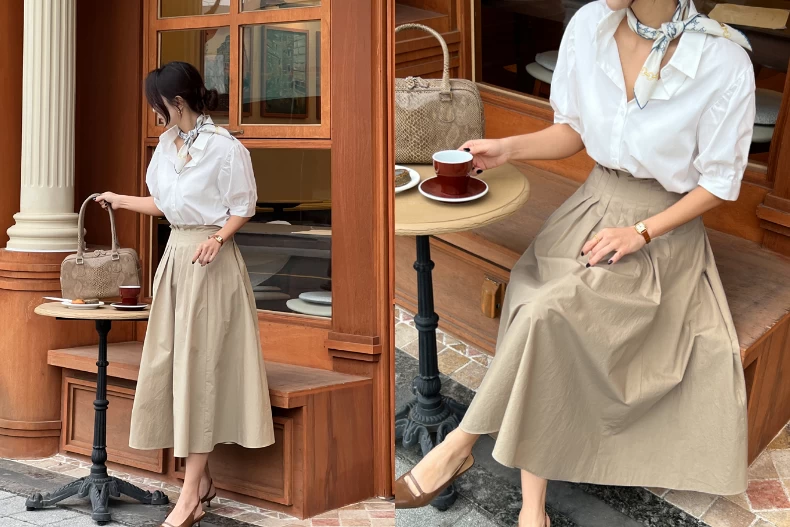
A classic and timeless choice is a white shirt paired with a beige midi skirt, creating a clean, elegant, and gentle look.
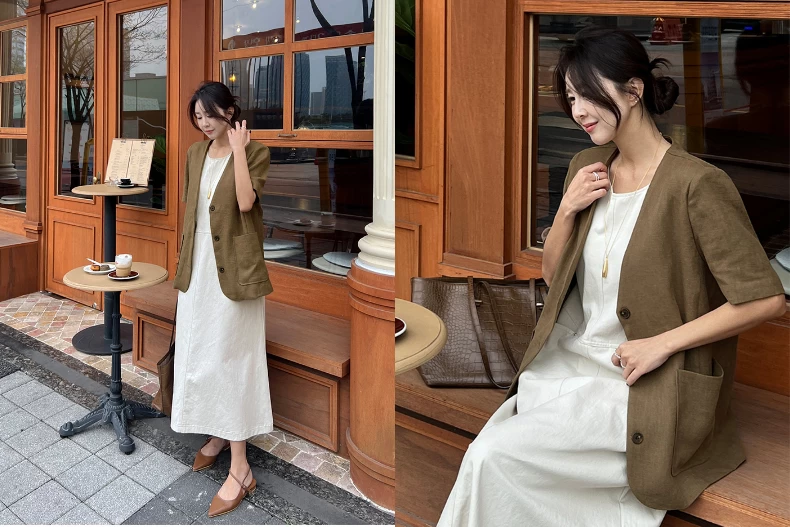
If you want to project a professional image with a touch of softness, a simple white dress paired with a blazer will strike a balance between neatness and femininity.
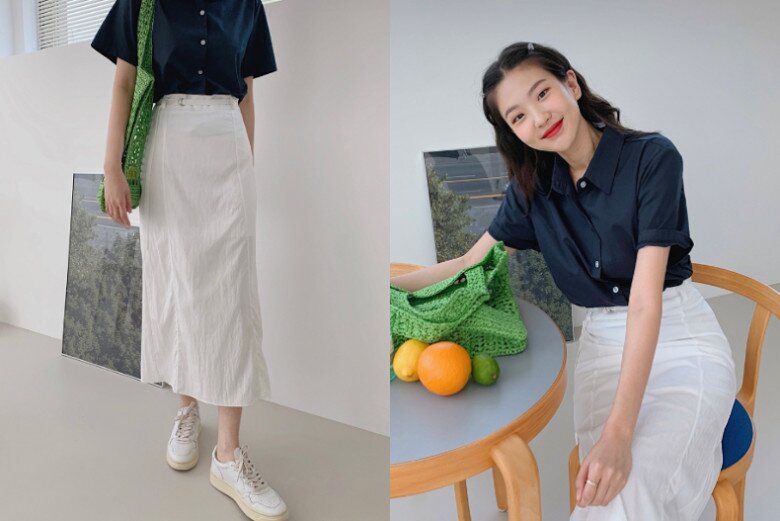
For the summer, a comfortable choice is a short-sleeved shirt paired with a long skirt, but avoid overly tight skirts or those that reveal underwear lines.
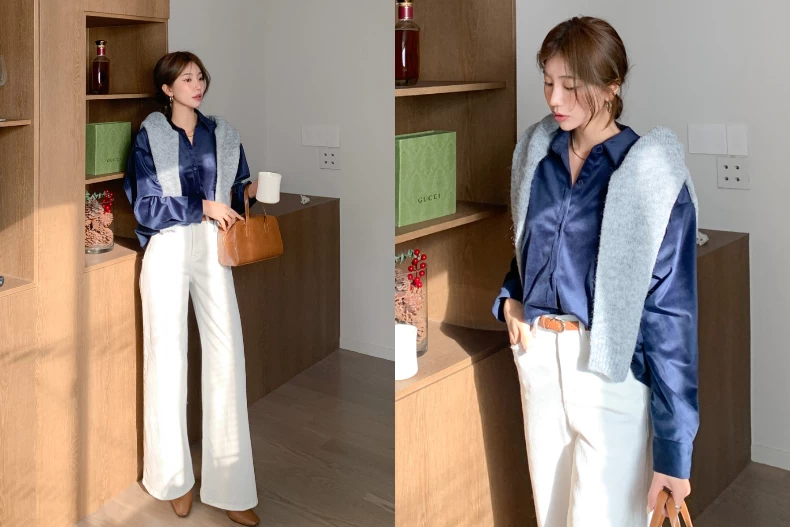
For foreign companies, startups, or businesses with a youthful culture, you can opt for a smart-casual style with a dark-colored shirt and white wide-leg pants, creating a fresh yet elegant and professional look.
“8 Things You Should Avoid Saying During a Job Interview”
Job interviews often involve a delicate balancing act between being frank and being too blunt. While it is important for candidates to be honest and show their true personalities, too much candor could lead to them forfeiting prospective job opportunities. In an ideal world, both sides would be able to have open and honest discussions about the job, yet this is not always possible in reality.

